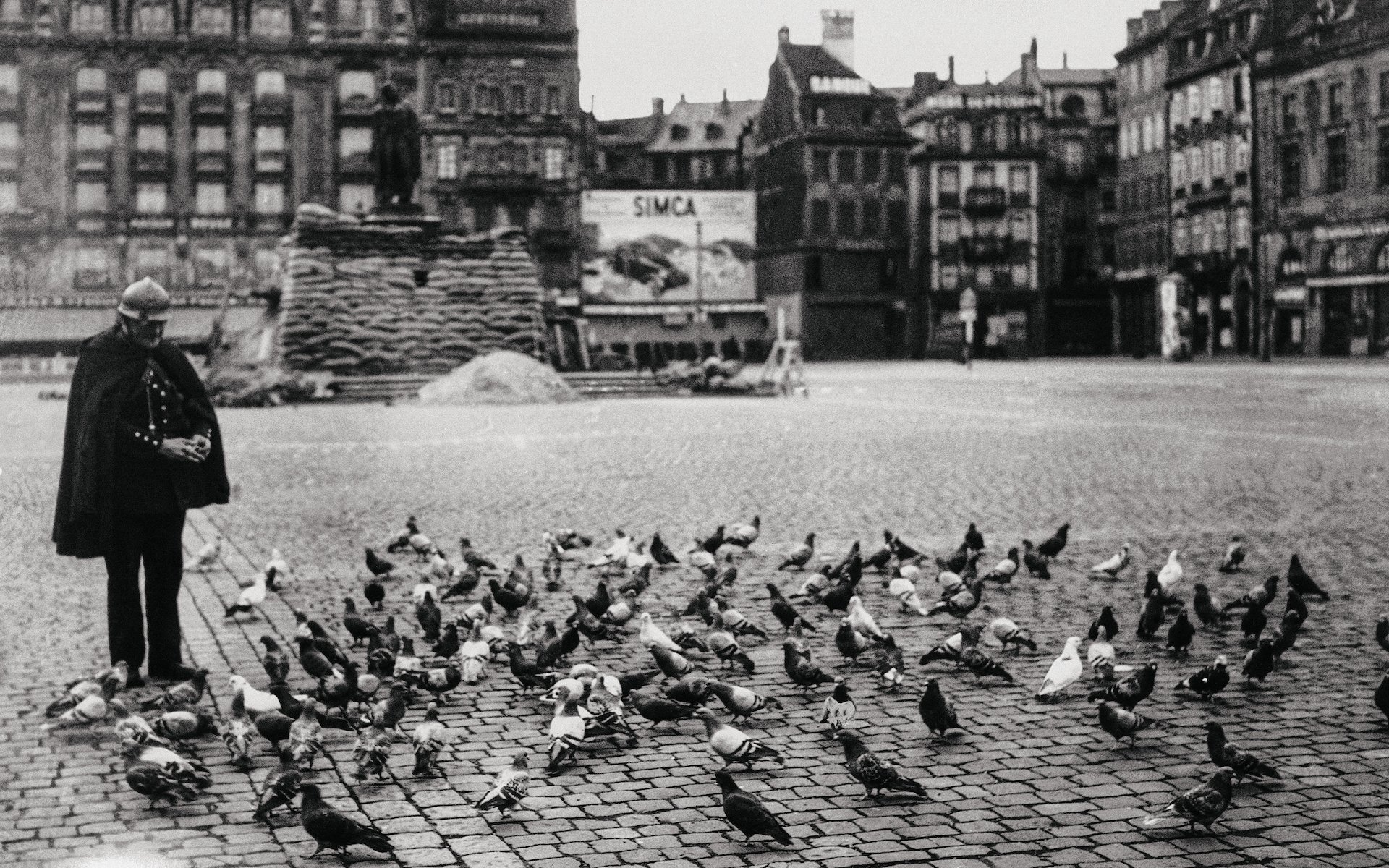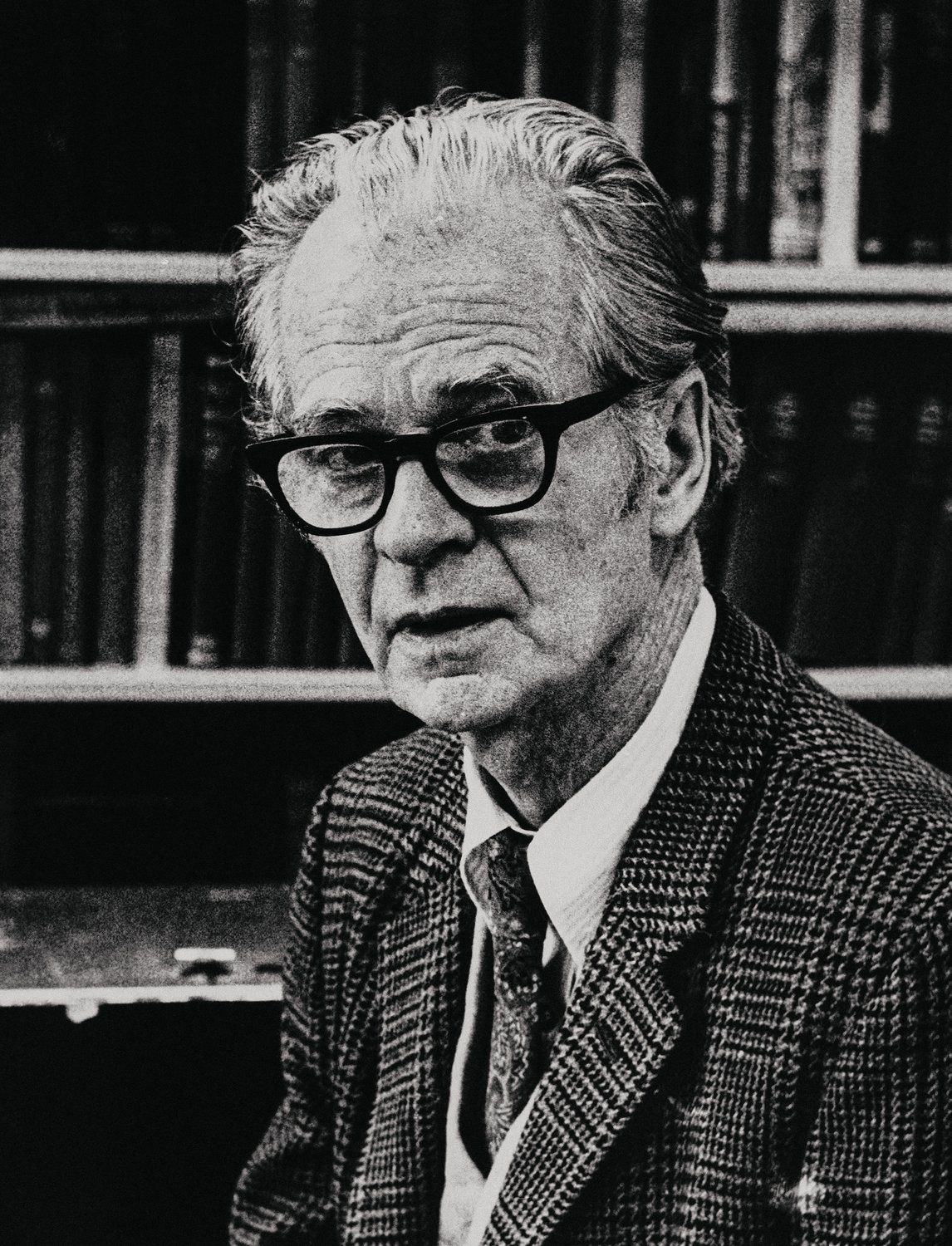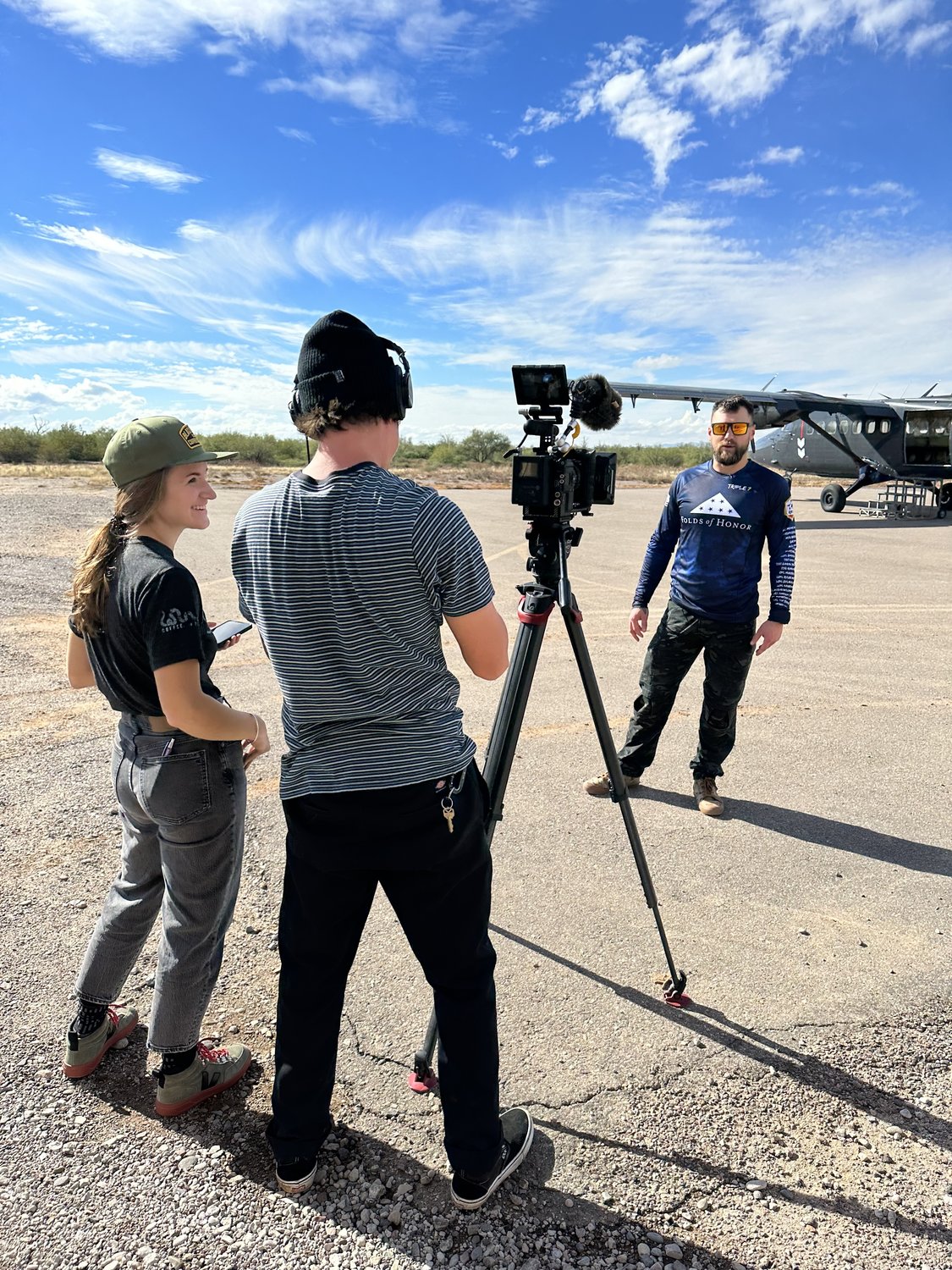
A gendarme feeds pigeons, his sole companions in the deserted square in Strasbourg, France, on Dec. 9, 1939. The area had been evacuated due to its proximity to the Maginot Line. AP photo.
Before radar-guided missiles, there were pigeon-guided missiles.
Almost.
During World War II, the United States War Department amassed a vast arsenal of bombs and rockets. The more firepower, the better, as they say, but the US military still had to figure out how to use it effectively. You see, in those days, munitions didn’t come equipped with guidance systems, which meant they couldn’t lock onto targets and were thus unreliable for conducting precision strikes.
Defeating Hitler’s Third Reich was not only a priority for the American Armed Forces but also for most ordinary Americans. One day, a psychologist and inventor named B.F. Skinner was traveling to Chicago when he looked out the window and spotted a potential solution to the military’s accuracy issue.
What Skinner saw, specifically, was a flock of pigeons “lifting and wheeling in formation.” As he would later recall in his memoirs, the pigeons appeared to him as more than just birds — they were “‘devices’ with excellent vision and extraordinary maneuverability.” He wondered: “Could they not guide a missile?”
Skinner eventually came to believe that, with proper training, pigeons seated in the nose cone of a rocket could guide the ordnance onto its target by pecking at a screen. Sounds like a crazy idea, right? Uncle Sam thought so, too. Skinner applied for government funding twice and both applications were rejected.
Like a chick that’s fallen from its nest prematurely, Project Pigeon seemed doomed to never take flight. But then, in a strange turn of events, the cereal company General Mills swooped in to its rescue, giving Skinner $5,000 and a room on the top floor of a Minneapolis flour mill where he could conduct his research.

B. F. Skinner, influential psychologist and mastermind of Project Pigeon, sits in his office at Harvard University in Cambridge, Massachusetts, on Aug. 1, 1972. AP photo.
Arthur D. Hyde, General Mills’ then vice president of research, believed in Skinner’s dream and saw supporting it financially as an act of public service. He hoped that once Skinner had conducted enough research to support his hypothesis, the government would take an interest in the project. And that is exactly what happened.
Using seeds as the reward, Skinner successfully trained pigeons to peck at objects representing enemy targets on a small screen in front of them. Even under uncomfortable conditions, like extreme temperatures, or with increased carbon dioxide pressure, or with pistol shots ringing out in the background, the birds remained unflappably focused on the task — or, rather, on getting more food.
Skinner’s research seemed to confirm his theory that pigeons could make great kamikaze pilots. Then came the moment of truth. In early 1943, government officials traveled to Minneapolis to observe all the amazing things Skinner’s birds could do. The pigeons performed beautifully and the US Office of Scientific Research and Development rewarded General Mills with $25,000 and a contract to develop a homing device.
Now flush with money and confidence, Skinner and the General Mills engineering team immediately got to work perfecting their concept. He built three pigeon-sized cockpits, each fitted with a tiny screen, into the nose cone of a single glide missile. Inside their individual cockpits, the birds sat facing the screens, which displayed images of the ground below the front of the rocket. When a target appeared on screen, the bird would peck at it diligently, expecting to receive seeds as it did while in training.
In time, the steering mechanism was fully developed. Thanks to a pneumatic pickup system, the birds’ constant pecking would guide the missile onto the target by opening and closing air valves that were attached to the screens on one end and the bomb’s steering fins on the other. If two out of the three — or all three — pigeons pecked at the same target, the missile would adjust course and head for it. Sadly for the birds, there was no ejection button they could peck at to free themselves from the missile before it made impact with the target.
So it was fortunate for the birds that Project Pigeon was terminated before any of them got shipped off to war. Despite another successful demonstration in 1944, defense officials were never fully convinced that putting a pigeon behind the steering wheel of a massive flying bomb was a good idea. “The spectacle of a living pigeon carrying out its assignment, no matter how beautifully, simply reminded the committee of how utterly fantastic our proposal was,” Skinner wrote.
For his part, Skinner went on to become a highly influential psychologist. Today, he is well known as one of the fathers of behaviorism, the field of psychology based on the notion that behavior is learned through interaction with the environment. As for the pigeon pilots, they lived to fly another day.
Read Next: The Bull Frog: How The SEALs Honor Their Most Seasoned Commando

Jenna Biter is a staff writer at Coffee or Die Magazine. She has a master’s degree in national security and is a Russian language student. When she’s not writing, Jenna can be found reading classics, running, or learning new things, like the constellations in the night sky. Her husband is on active duty in the US military. Know a good story about national security or the military? Email Jenna.
BRCC and Bad Moon Print Press team up for an exclusive, limited-edition T-shirt design!
BRCC partners with Team Room Design for an exclusive T-shirt release!
Thirty Seconds Out has partnered with BRCC for an exclusive shirt design invoking the God of Winter.
Lucas O'Hara of Grizzly Forge has teamed up with BRCC for a badass, exclusive Shirt Club T-shirt design featuring his most popular knife and tiomahawk.
Coffee or Die sits down with one of the graphic designers behind Black Rifle Coffee's signature look and vibe.
Biden will award the Medal of Honor to a Vietnam War Army helicopter pilot who risked his life to save a reconnaissance team from almost certain death.
Ever wonder how much Jack Mandaville would f*ck sh*t up if he went back in time? The American Revolution didn't even see him coming.
A nearly 200-year-old West Point time capsule that at first appeared to yield little more than dust contains hidden treasure, the US Military Academy said.












